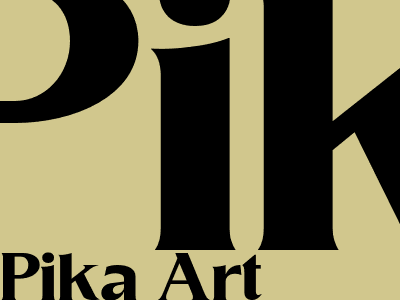Pika Art: A Comprehensive Guide to Its History, Techniques, and Impact
Introduction
Pika art, an ancient form of storytelling, has captivated audiences for centuries. Its unique techniques and ability to convey complex narratives make it a fascinating art form that continues to inspire modern artists. In this comprehensive guide, we'll delve into the history, techniques, and impact of pika art, exploring its evolution, cultural significance, and enduring legacy.
Origins and History
Pika art originated in the remote villages of the Himalayas, where it was used as a means of preserving cultural traditions and passing down stories from one generation to the next. The earliest known pika paintings date back to the 10th century, showcasing intricate scenes of daily life, religious rituals, and mythical creatures. Over the centuries, pika art spread to neighboring regions, influencing the development of other forms of traditional painting.
Techniques and Materials
Pika art is characterized by its distinctive techniques and use of natural materials. Artists use a combination of mineral pigments, plant dyes, and animal fat to create vibrant and long-lasting paintings. The brushstrokes are typically bold and expressive, capturing the essence of the subject matter. Pika paintings are often created on cloth, paper, or wooden panels, with each surface providing a unique texture and backdrop for the artwork.
Narrative Storytelling
One of the most notable features of pika art is its ability to tell complex narratives through a series of interconnected images. Each painting depicts a specific moment in a story, with the sequence of paintings forming a cohesive narrative. This technique allows artists to explore intricate plot lines, characters, and themes in a visually engaging way.
Cultural Significance
Pika art holds significant cultural and historical value. It provides a glimpse into the beliefs, customs, and traditions of the Himalayan people. The paintings often depict religious ceremonies, festivals, and everyday life, offering a visual record of the region's cultural heritage. Pika art is also an important form of artistic expression, reflecting the creativity and imagination of the artists who created it.
Modern Interpretations
In contemporary times, pika art has gained renewed attention as a source of inspiration for modern artists. Contemporary artists have incorporated elements of pika art into their own works, combining traditional techniques with modern materials and styles. This fusion of traditional and contemporary approaches has resulted in a vibrant and evolving art form that continues to captivate audiences around the world.
Preservation and Conservation
Pika art is a precious cultural heritage that requires ongoing preservation efforts. The fragility of the materials and the passage of time have taken a toll on many pika paintings, making conservation a critical task. Museums and cultural institutions play a vital role in preserving and restoring pika art for future generations.
Conclusion
Pika art is a timeless and enduring art form that has left an indelible mark on the cultural landscape of the Himalayas and beyond. Its unique techniques, narrative storytelling, and cultural significance continue to inspire and captivate audiences worldwide. As we continue to appreciate and preserve this ancient art form, we can ensure its legacy for generations to come.

Pika Art

Komentar